I will soon have the opportunity to get to the heart of what aquariums are and what their role is. Hence, I would like to look back at some of our past visits to overseas aquariums in a series of articles.
About the purpose of the visit and this article
In 2016, as part of the training at my organization, the volunteer team of Tokyo Sea Life Park, I visited six aquariums and zoos on the West Coast to learn about local volunteer activities and characteristics of facilities. I don’t think there are many reports on visiting multiple sites from this perspective, so I would like to share this with you for the sake of the record. In this article, I can only write in general terms about the management system of each of the centers without any inside information. Still, I hope that I can provide some suggestions for the improvement of the Japanese volunteer activities in the future.
Itinerary
I have gone to 8 aquariums as follows during the itinerary for six nights and eight days from Friday, Sep. 30th 2016 to Saturday, Oct. 8th.
- Vancouver Aquarium (Vancouver) Saturday Oct. 1st
- Point Defiance Zoo & Aquarium (Tacoma) Sunday Oct. 2nd
- Seattle Aquarium (Seattle) Monday Oct. 3rd
- Woodland Park Zoo (Seattle) Tuesday Oct. 4th
- Monterey Bay Aquarium (Monterey) Wednesday Oct. 5th
- Aquarium of the Pacific (Long Beach) Thursday Oct. 6th
Introduction of each aquarium
1. Vancouver Aquarium (Vancouver)
From 8 September 2020, the park will be closed indefinitely.
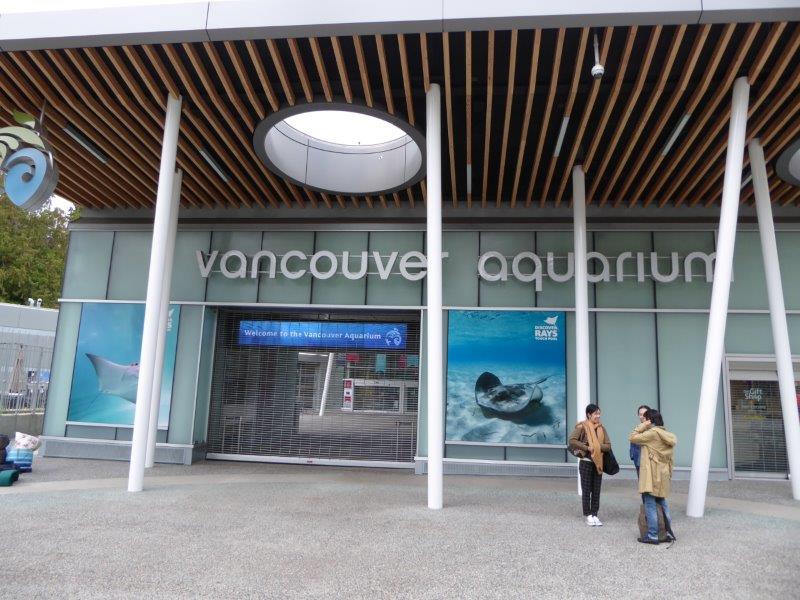
The aquarium has been open for more than 60 years with renovations. This staircase has initially been used as a water tank for marine animals, and you can see the remains of the water surface.
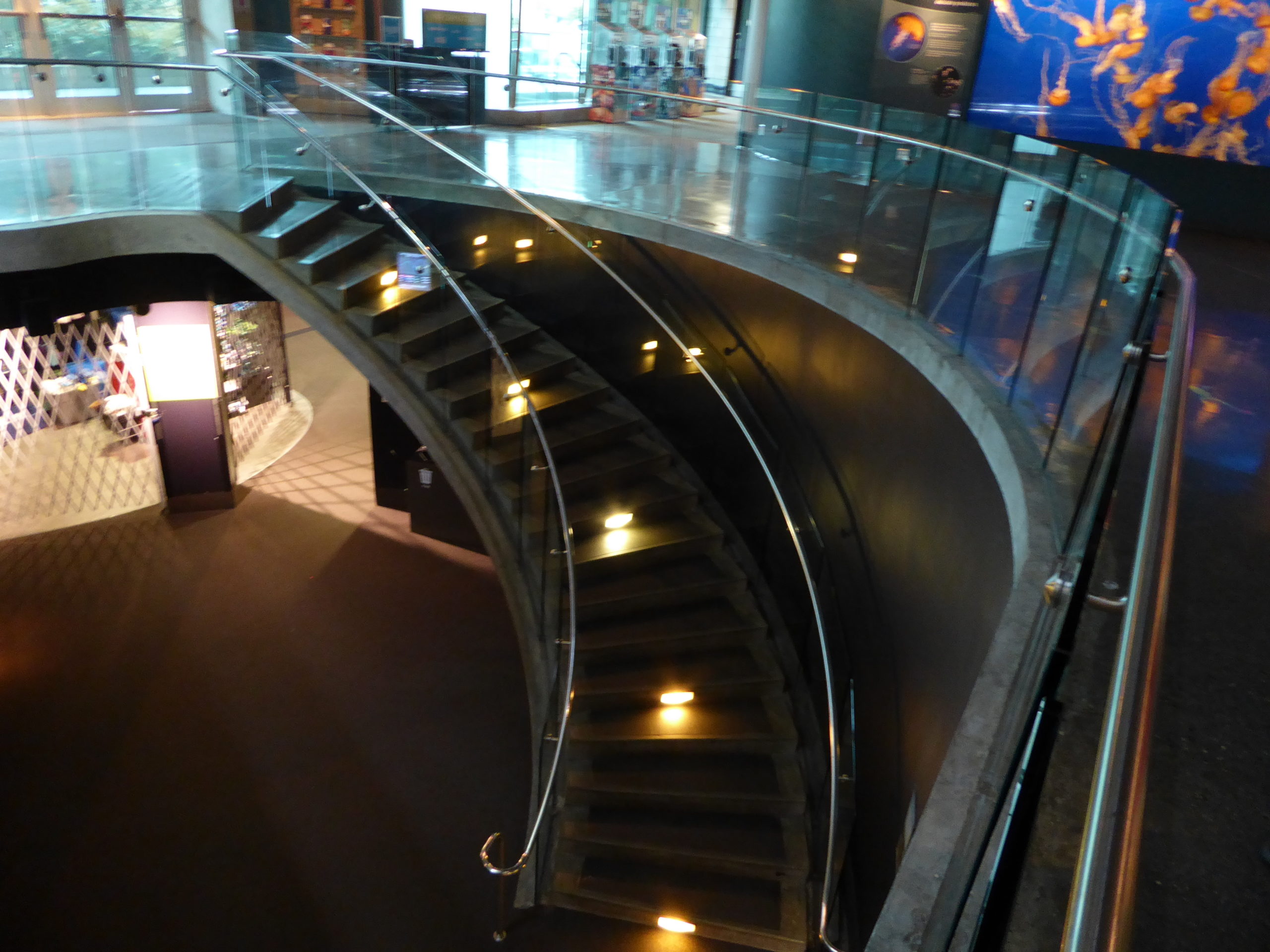
A counter is set up for volunteers to guide visitors. There is a unique exhibit that can easily be used as an opportunity to talk to visitors, such as a water tank with a plastic bag that looks like a floating jellyfish. A number of other ideas and measures have been implemented to maintain the motivation of the volunteers.
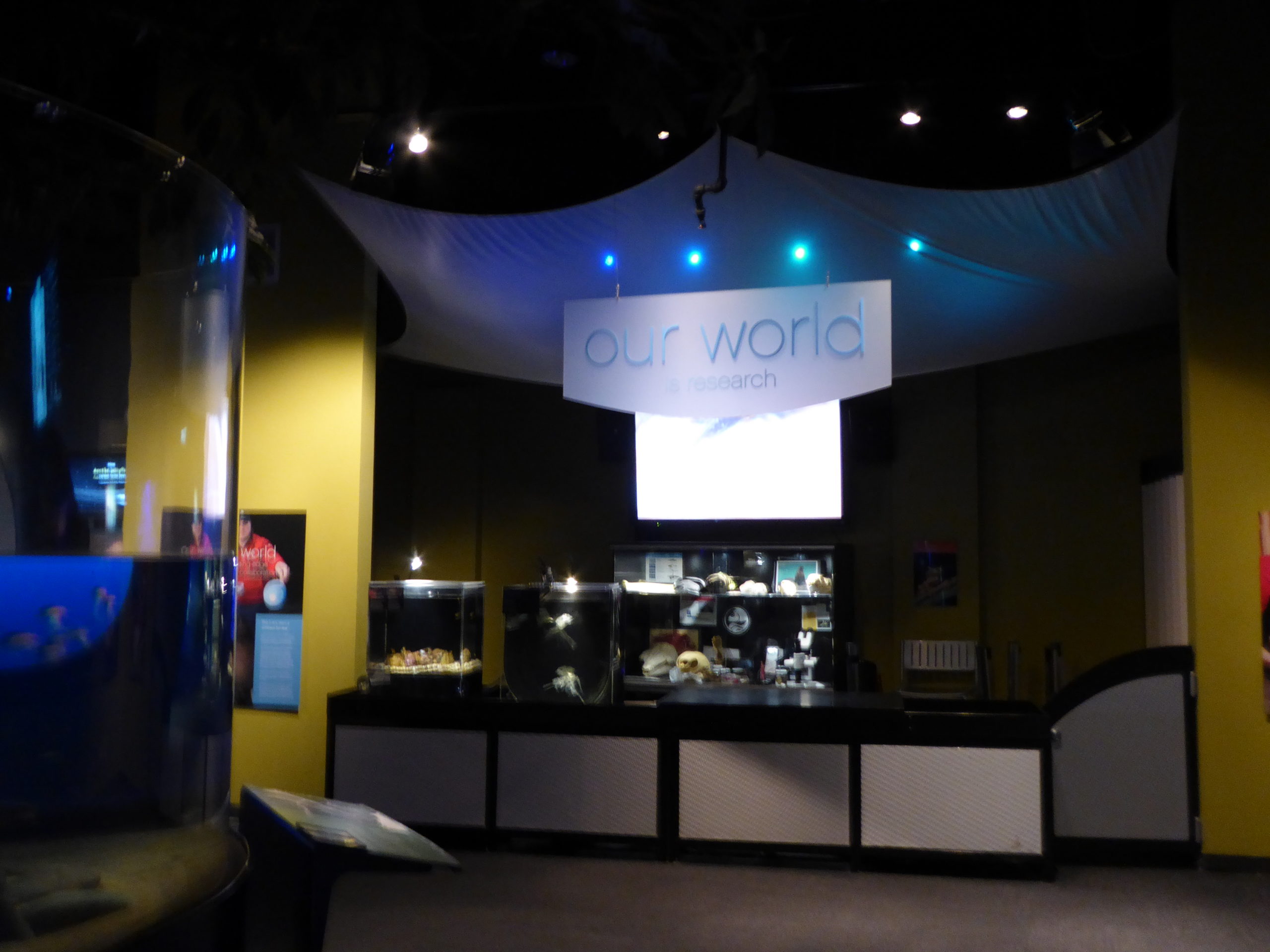
The citizens of Vancouver are so environmentally conscious that the zoo next to the aquarium was closed in a referendum. The melting of the Arctic ice is a particular concern, as it could lead to an invasion of territorial waters.
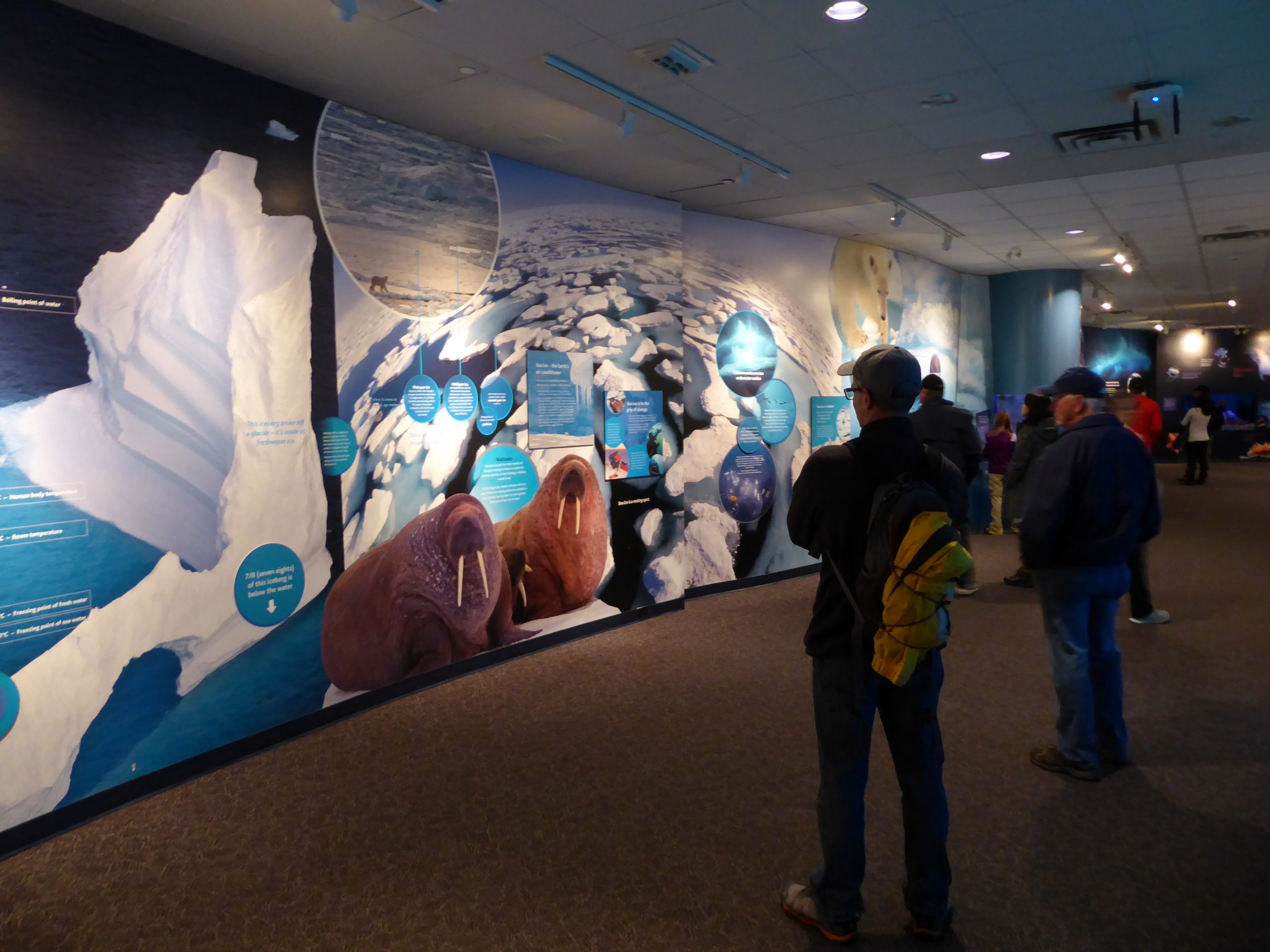
2. Point Defiance Zoo & Aquarium (Tacoma)
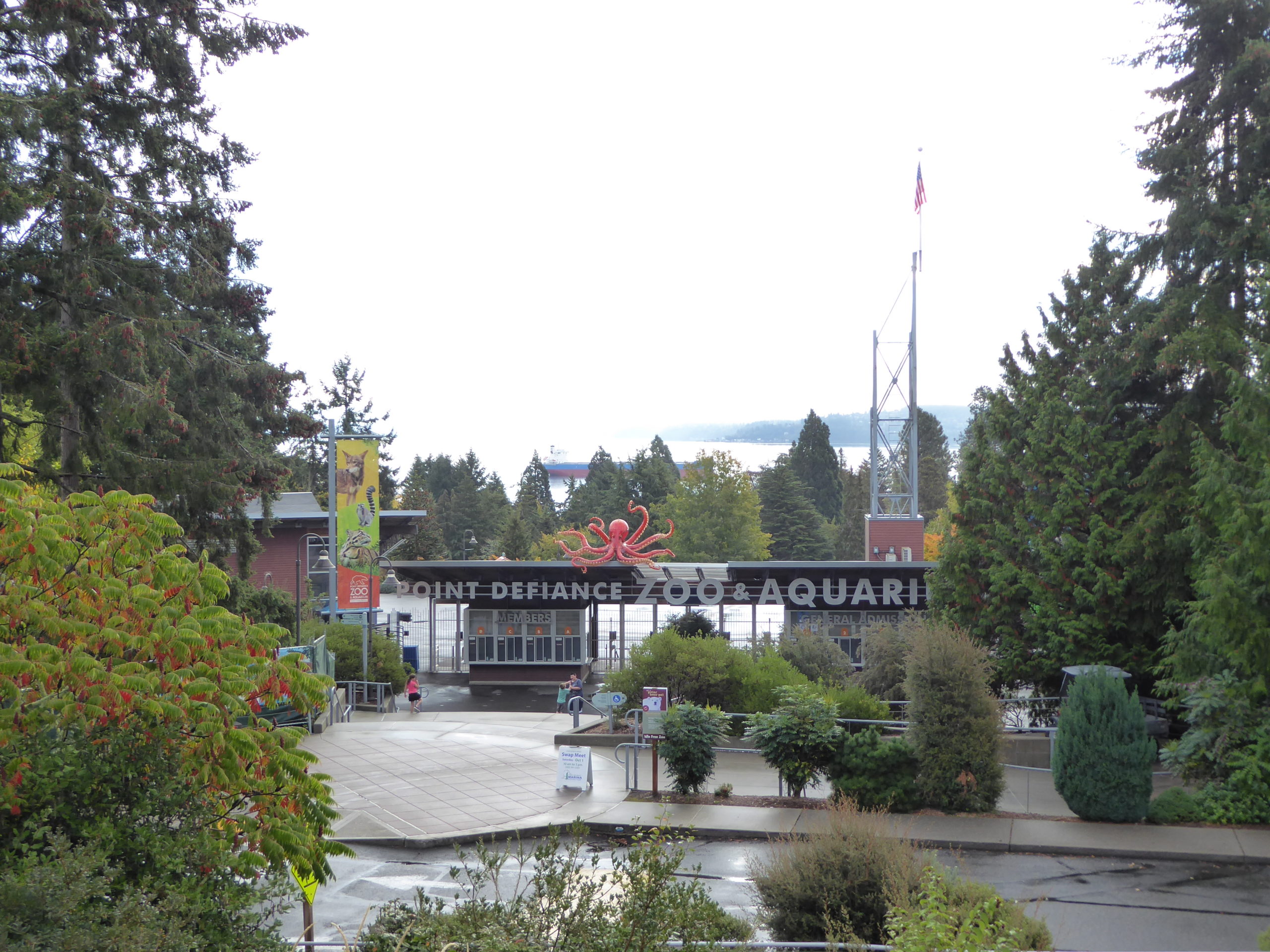
I got the impression that this is a community-based zoo. The aquarium was renovated in 2018 as the building was old (at the time of our visit) and worn.
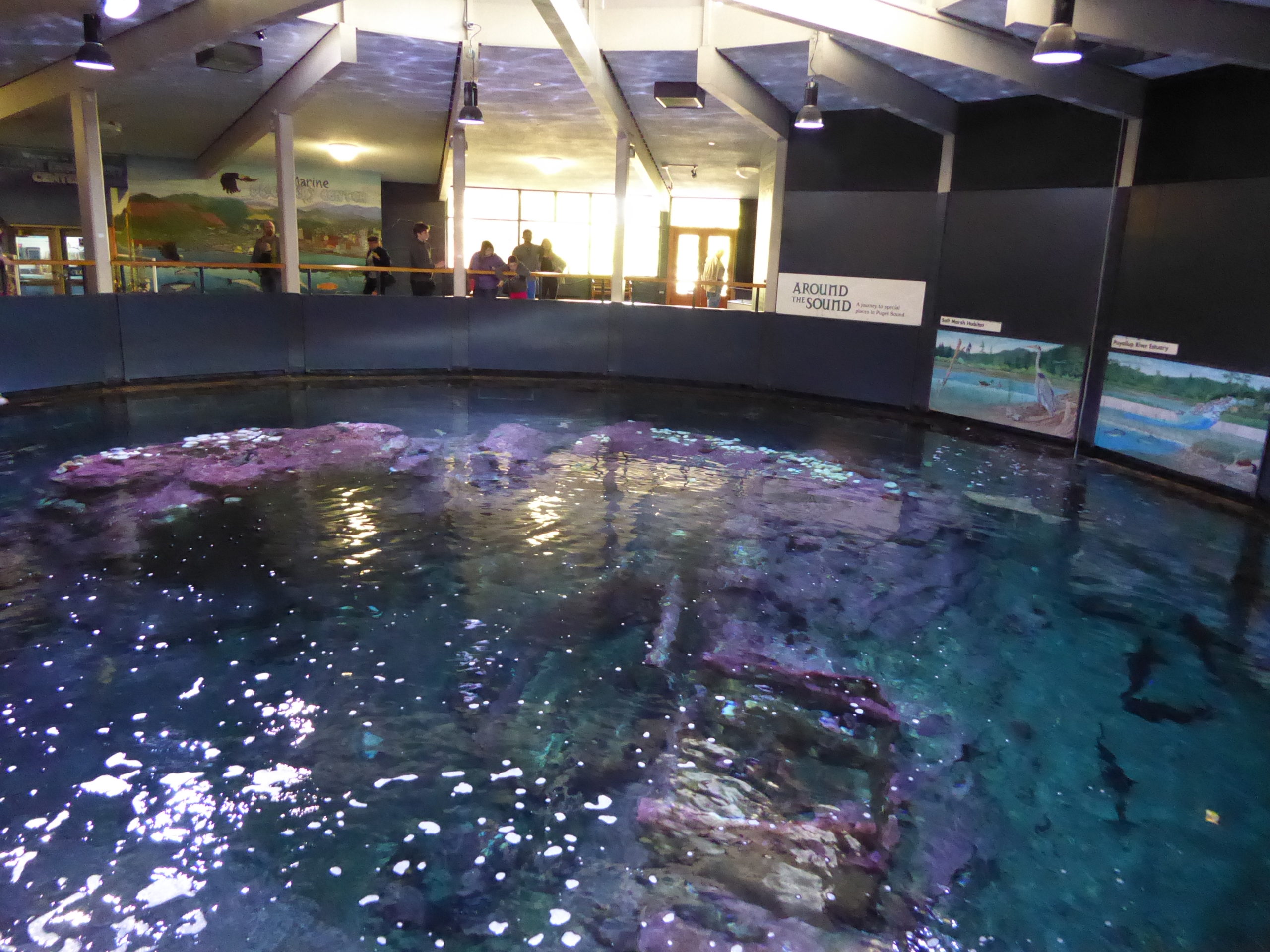
Empathy, a word that reflects the emotions of animals, is becoming popular. The idea of Kids Friendly is also prevalent in the United States; for example, steps for children were installed in front of the tank.
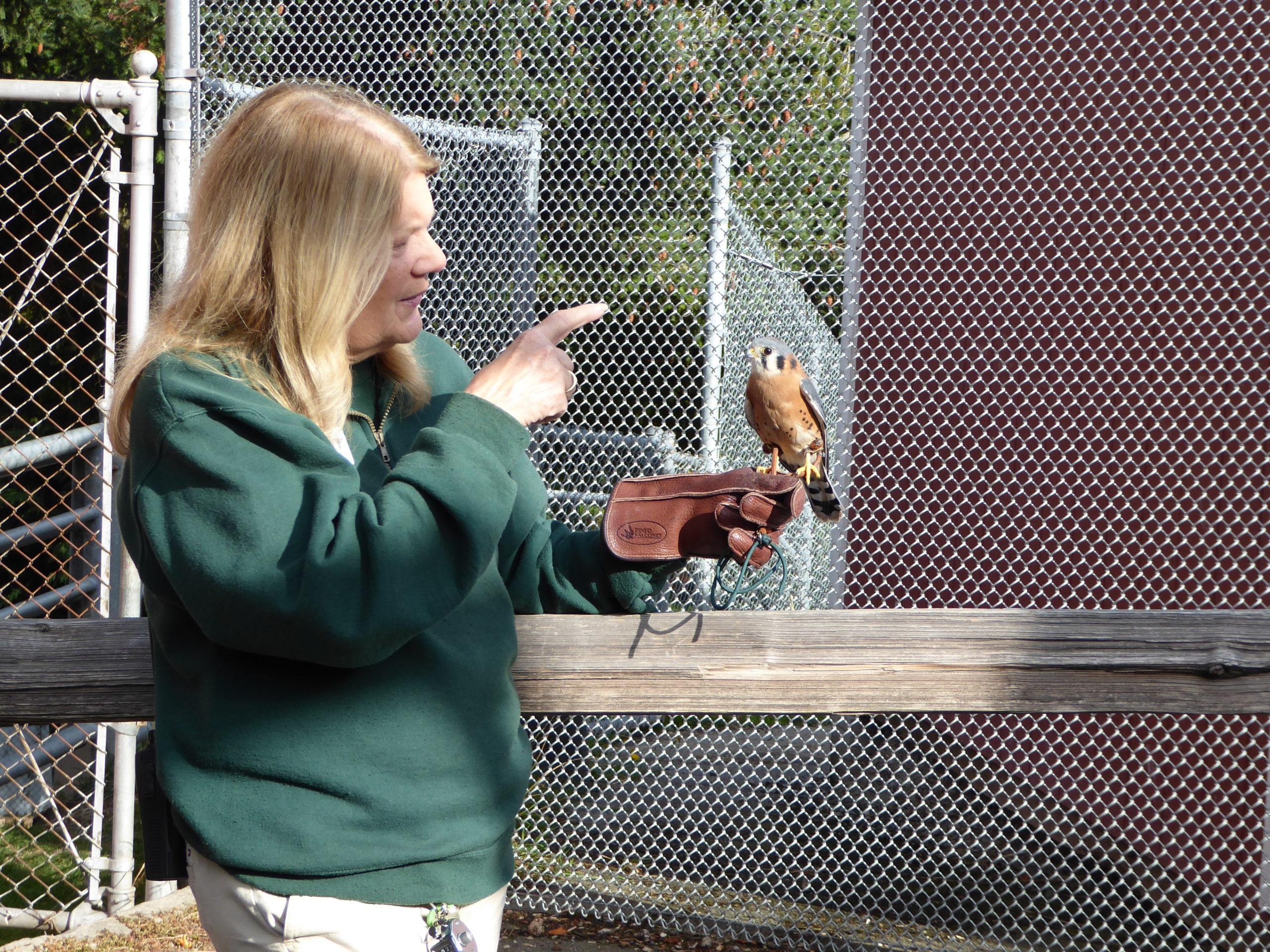
Volunteers record the number of visitors who interact with them with a counter, and the system is designed to allow for objective evaluation of the project. Training materials for volunteers are quite extensive, and we felt that the quality of the guide content is relatively high.
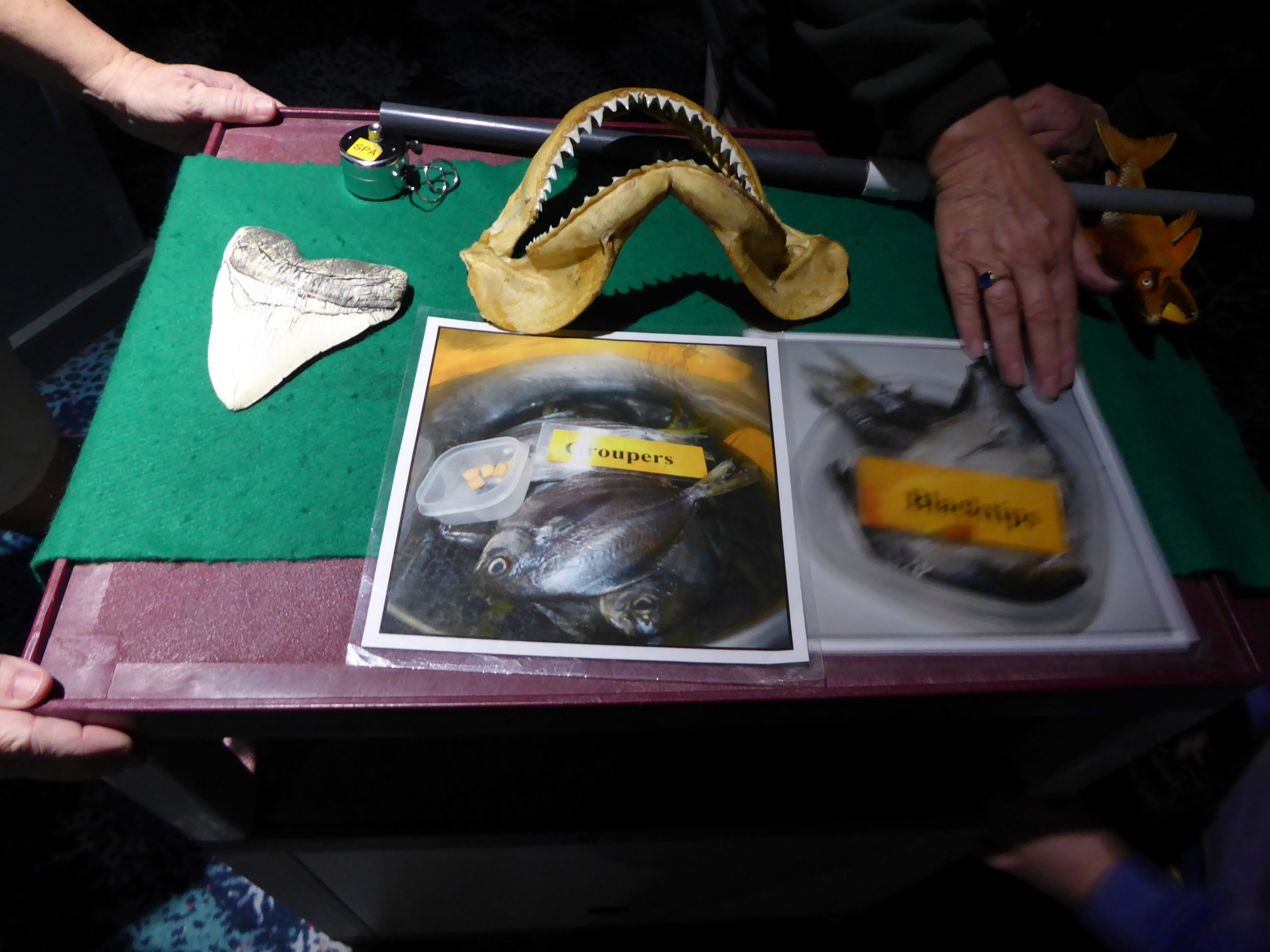
3. Seattle Aquarium (Seattle)
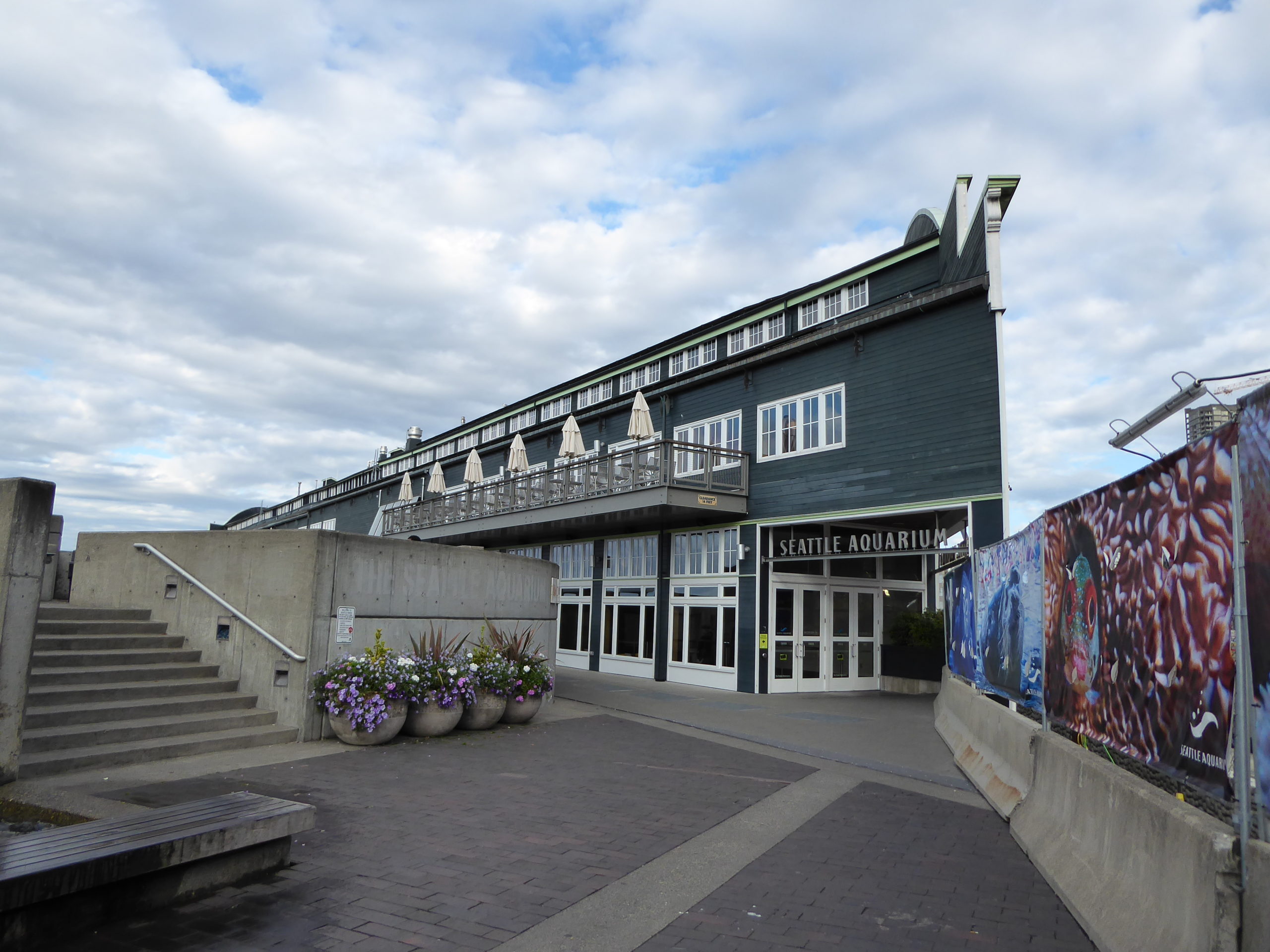
There were panels all over the viewing aisle that told people about the environmental changes in Seattle and the various problems associated with the increase in population in the area surrounding the aquarium. There are also a variety of exhibits that show the environment of not only the ocean but also the river.
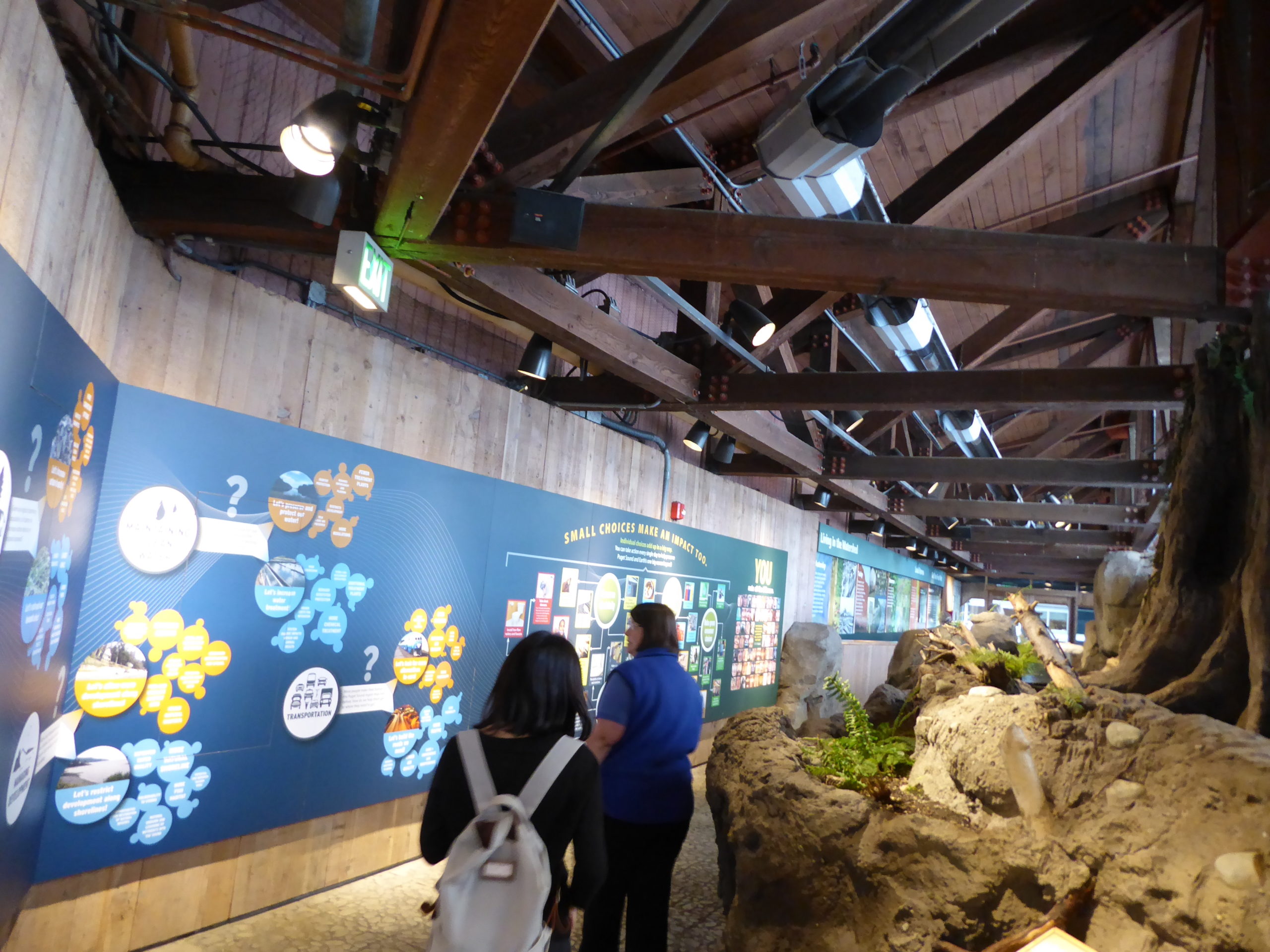
They declare “Inspiring Conservation of Our Marine Environment” as their mission.
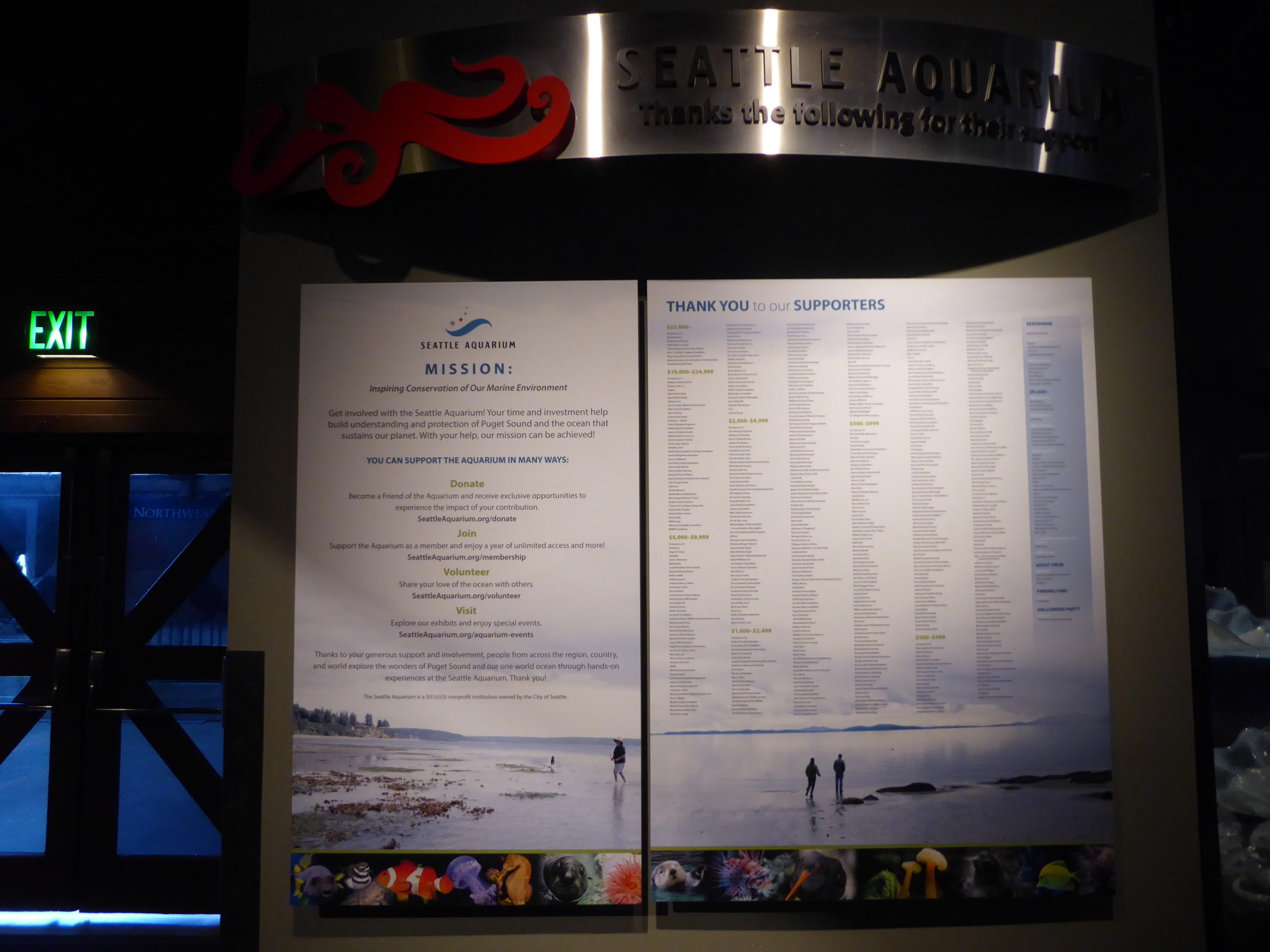
Already at the time of our visit, there was quite a bit of information online about volunteer activities. Student volunteers are also actively involved in activities outside the aquarium, such as beach cleaning.
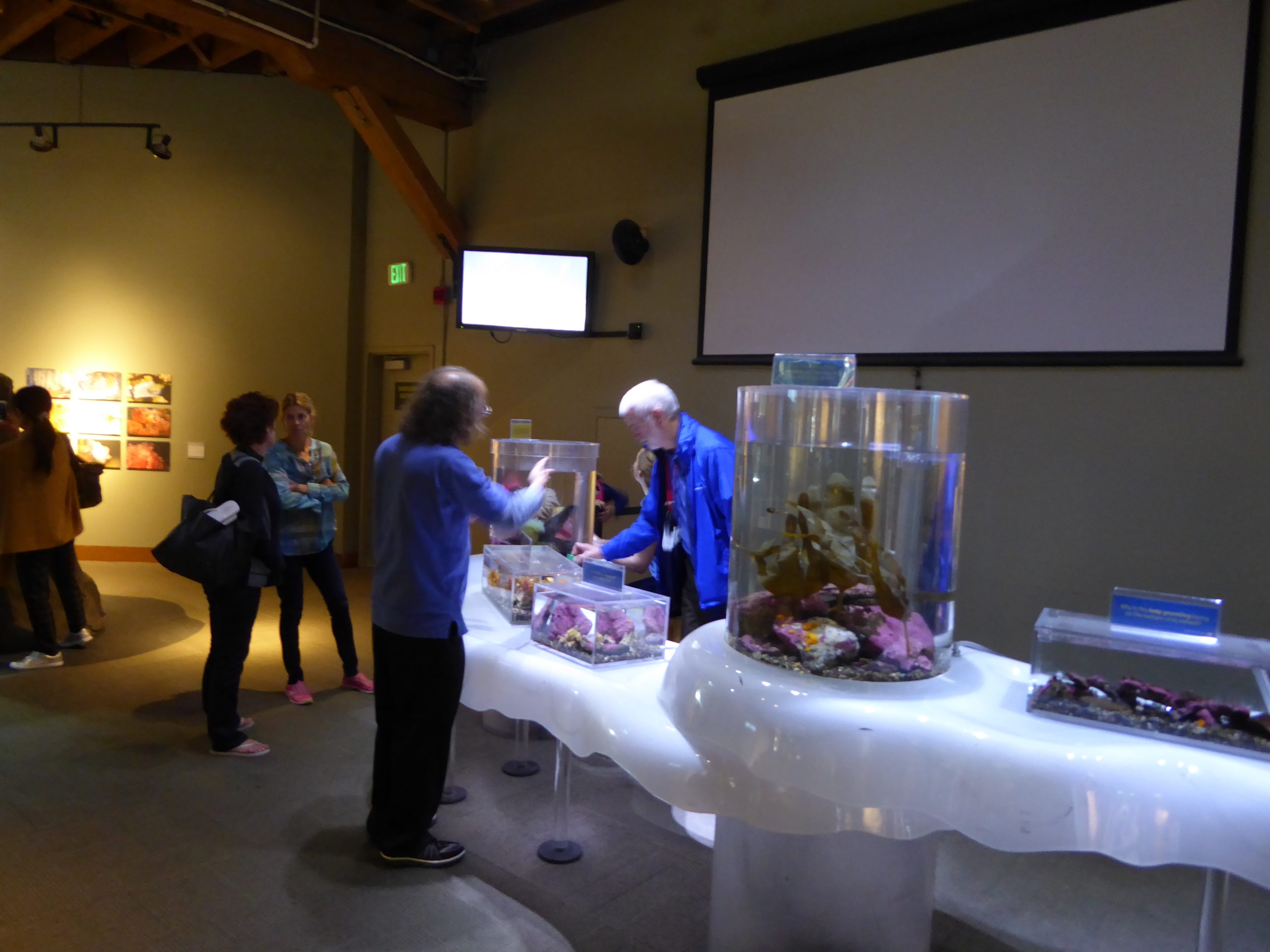
4. Woodland Park Zoo (Seattle)
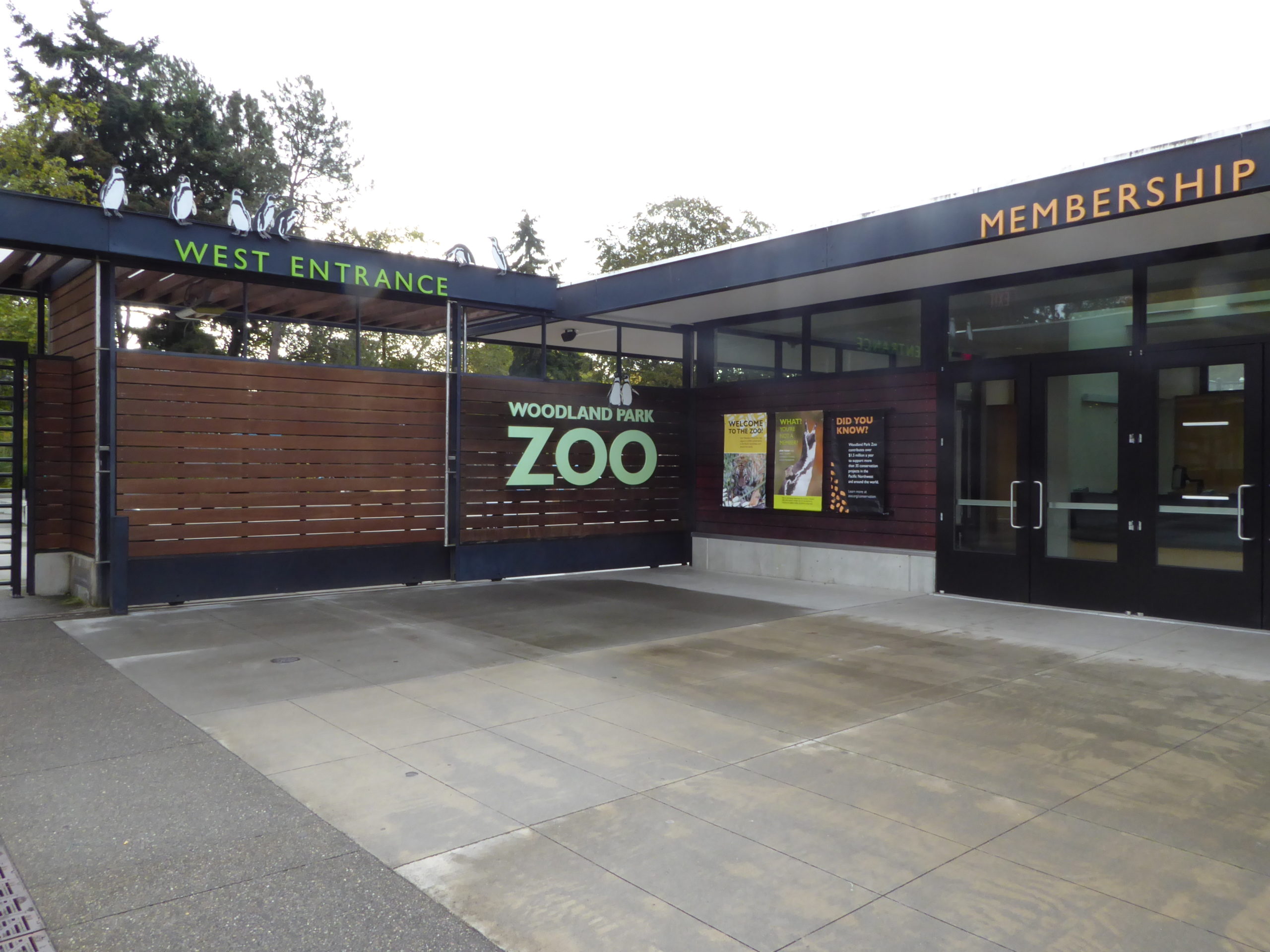
The zoo is famous for its landscape immersion, and the design of the zoo was brilliant, reproducing the wild natural environment that the animals live in in a limited area. There were surprisingly few panels that were designed to encourage observation by providing a point of view or to enrich the zoo with artificially created enrichment. Hence I got the impression that the approach taken was to immerse visitors in the beautiful nature that the animals live in and to arouse their desire to protect it.
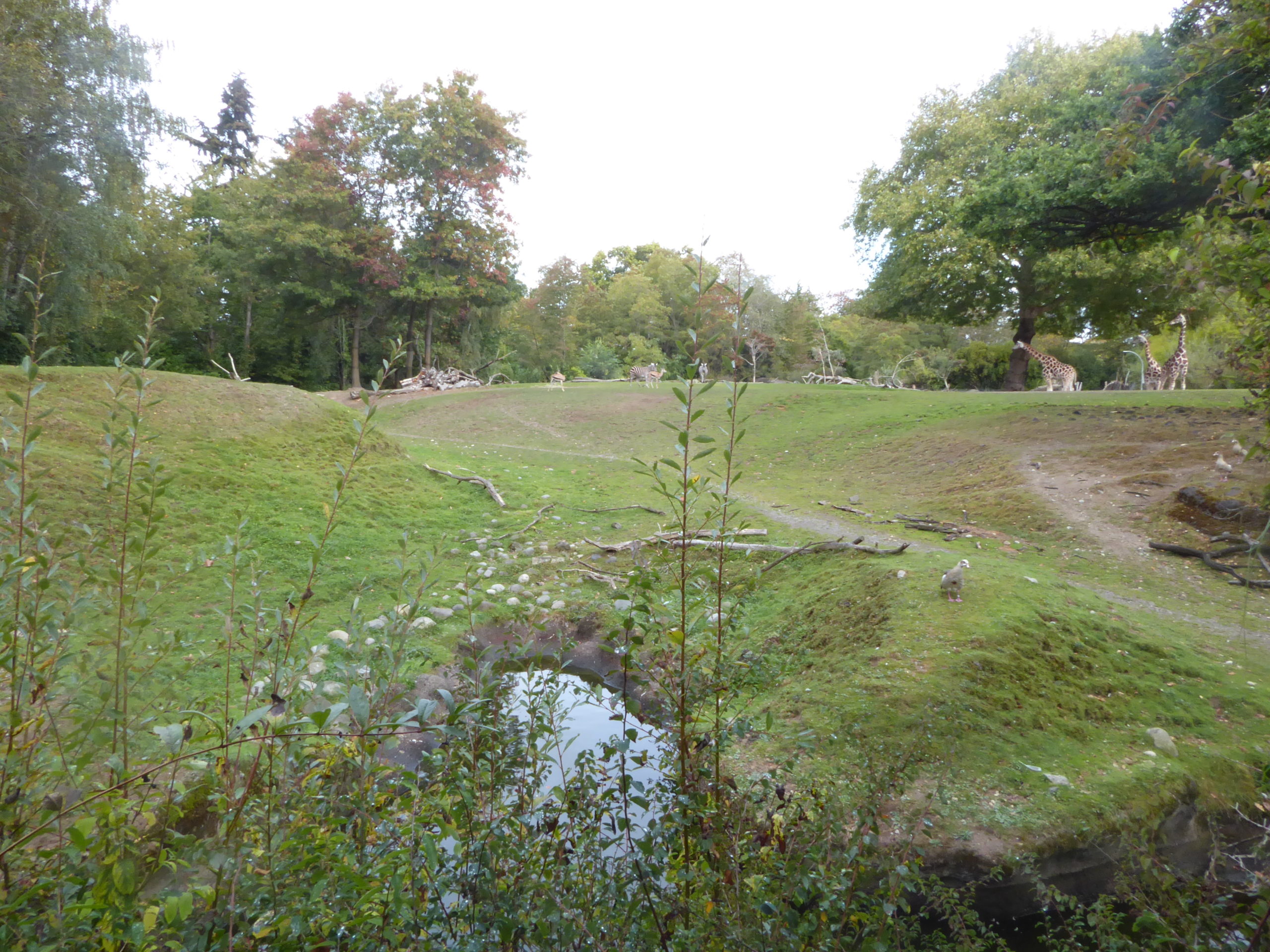
There are about 600 volunteers who work as spot guides and provide learning for visitors to the zoo.
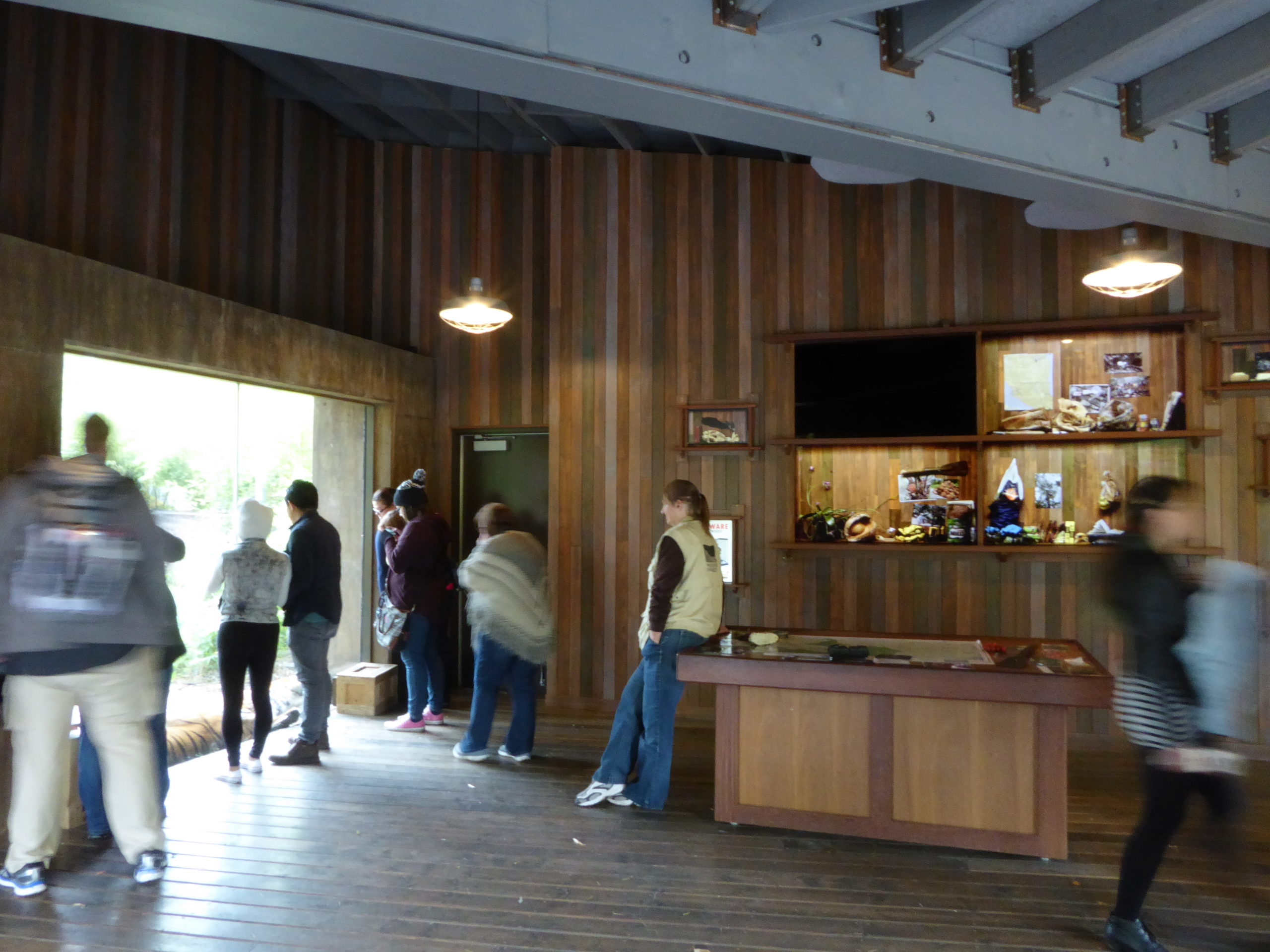
Vote for admission fees to animal conservation projects that visitors themselves would like to help with.
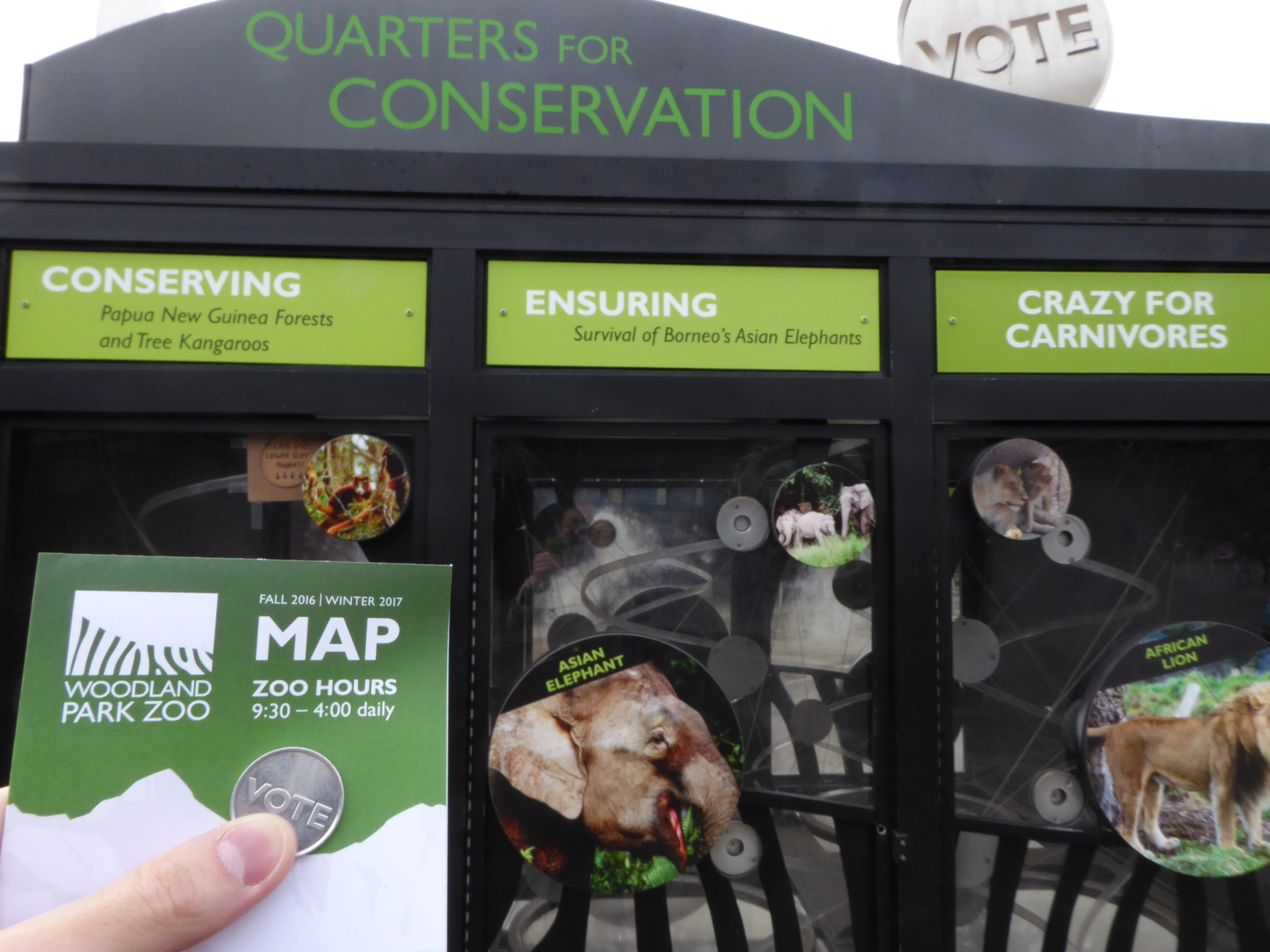
To be continued in Vol.2


コメント